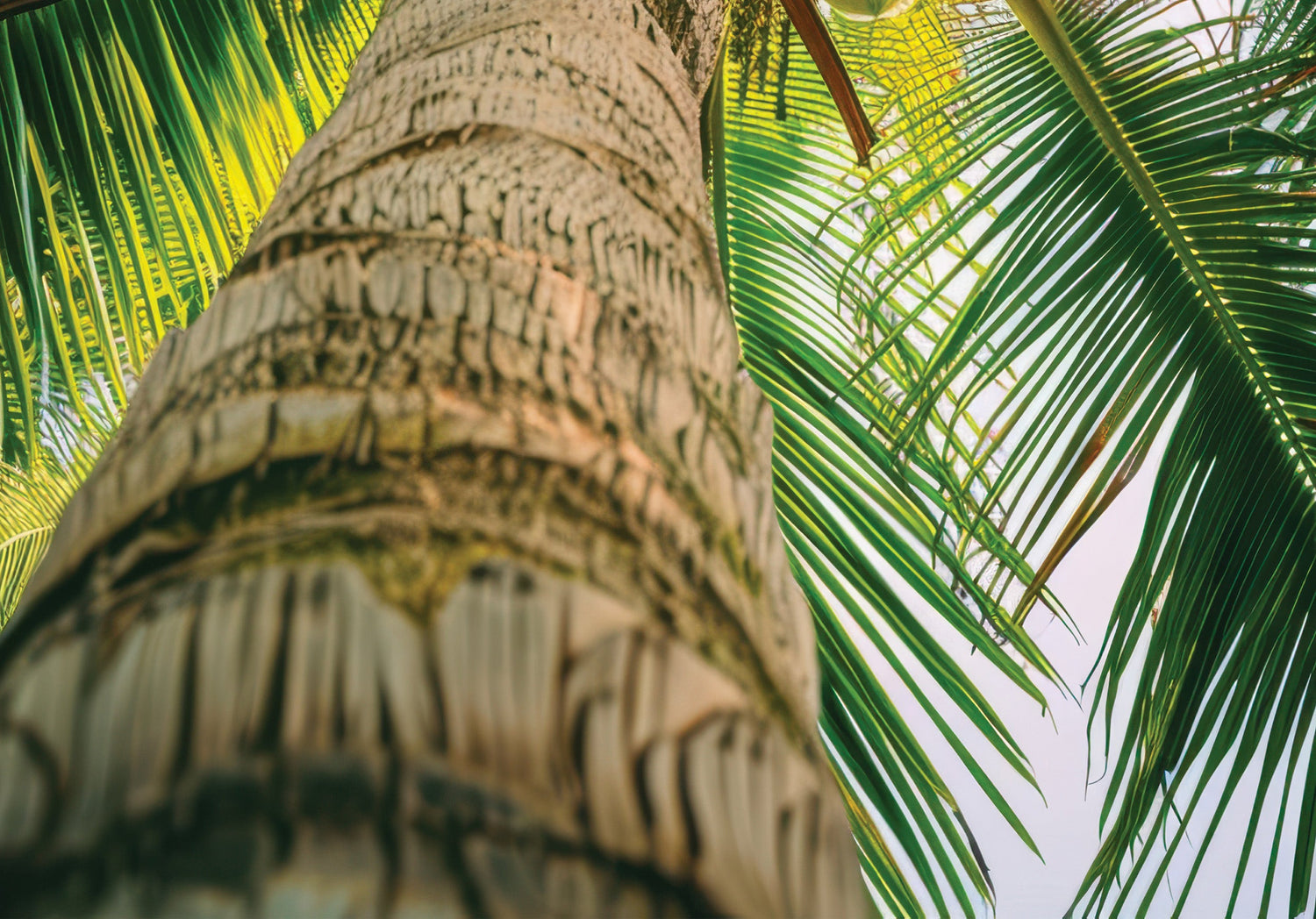The stem bleeding disease first reported in Sri Lanka, which is a serious problem in coconut cultivation that was also discovered in India in 1922. Currently, this disease affects coconut palms in all of India's major coconut-growing states. Its effect on yield might be negligible at first, but as the illness worsens, productivity steadily decreases. When it reaches a severe stage, the affected palms may eventually die from the damage. Stem bleeding disease, which is characterized by the reddish-brown liquid that protrudes from the base of the stem, weakens the structural integrity of palms, making them more vulnerable to external stresses and decreasing their general vitality. Its spread must be controlled, and coconut plantations must minimize financial losses through efficient management techniques.
Symptom:
In coconut palms, stem bleeding disease progresses more quickly from July to November, and reaches its most aggressive stage. The characteristic feature of this disease is the release of a dark reddish-brown liquid from longitudinal bark fissures and stem cuts, which frequently extends several inches to several feet down the trunk. These lesions spread upward as the disease progresses, worsening the palm's structural damage. The liquid that is secreted eventually dries to a black residue, and the tissues under the lesions decay, turning black over time after first turning yellow. In severe cases, there is extensive tissue deterioration resulting in hollowing out of the inner portions of the affected trunks. Concurrently, the outer whorl of leaves yellows, dries prematurely, and sheds, significantly impacting bunch production and leading to observable nut drop. Effective management strategies are crucial to mitigate the economic impact of stem bleeding disease, emphasizing early detection and intervention to preserve coconut plantation health.
Exudation of dark reddish brown liquid and tapering of palm
Etiology
The disease pathogen is called as Theilaviopsis paradoxa that causes stem bleeding. It is a weak pathogen that grows in the host tissue by producing endoconidia and chlamydospores. It enters the trunk through wounds or growth cracks. When the weather is unfavorable, chlamydospores can survive in the soil and germinate to infect coconuts. Between July and November, when high relative humidity and ideal temperature are present, more severe cases of the disease have been reported. All soil types have been found to be affected by the disease, although laterite and sandy soils near the coast and in backwater areas are more likely to have it.
Management
Cultural Method
In managing stem bleeding disease in coconut palms, cultural methods play a pivotal role in preventing its spread and minimizing impact. It is essential to promptly remove and incinerate all chiseled materials to prevent reinfection, while ensuring no mechanical injuries occur to the trunk, which could exacerbate vulnerability. Additionally, supplementing the palm basin with 50 kg of farmyard manure (FYM) combined with 5 kg of neem cake, rich in Trichoderma fungi at a rate of 200g per palm annually, during September aids in bolstering natural defenses. Proper irrigation during summer and effective drainage throughout the rainy season, coupled with appropriate fertilization practices, are crucial for maintaining palm vigor and resilience against the disease.
Chemical Method:
- Chisel out completely the affected tissues and paint the wound with tridemorph 5% or Bordeaux paste. Apply coal tar after 1-2 days on the treated portion. Burn off chiseled pieces.
- Root feed with Tridemorph 5ml in 100 ml water, thrice a year during April-May, September-October and January-February to prevent further spread of lesions

- Root feeding with 5% carbendazim.
- No fresh bleeding patches after application of Trichoderma talc power paste.
